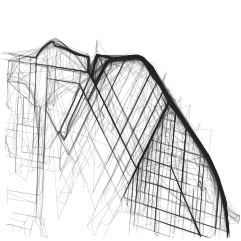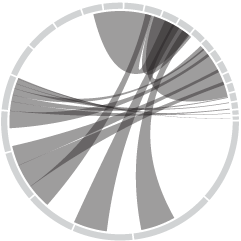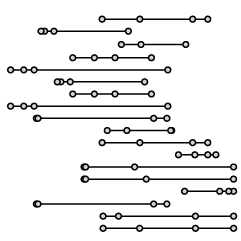In the United States, a two-party system means that candidates, who are supposed to represent their constituents, are forced to run as Republican or Democrat. For NYT Opinion, Jesse Wegman and Lee Drutman, with graphics by Aileen Clarke, imagine if the country used proportional representation with multiple parties. People would more likely have representation who reflected their values more closely.
The piece walks you through the steps to understand such a system. It starts with the current system, then a simple example of proportional representation, to a spectrum of voters categorized by six parties, and finishes with the combination of these things applied to every state.
I like the scatterplot (above) rotated 45 degrees to show a spectrum of ideologies. It relieves the pressure of suggesting good and bad or high and low.

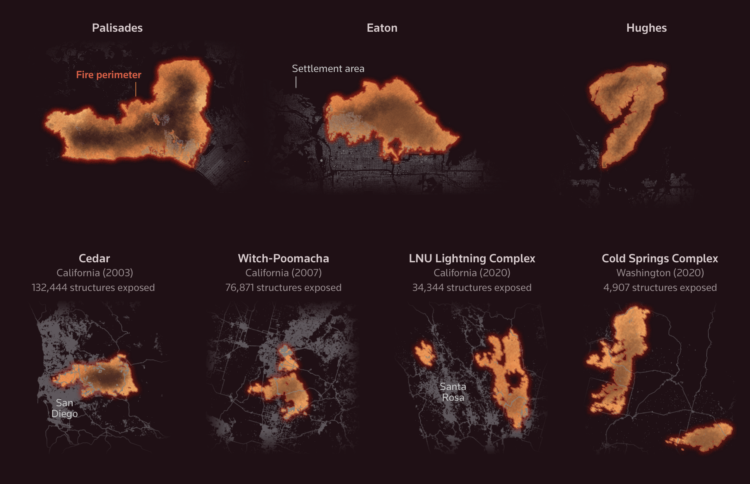
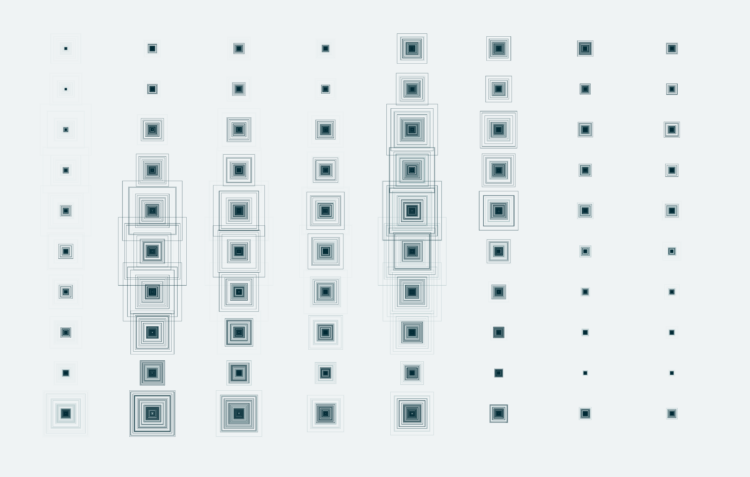
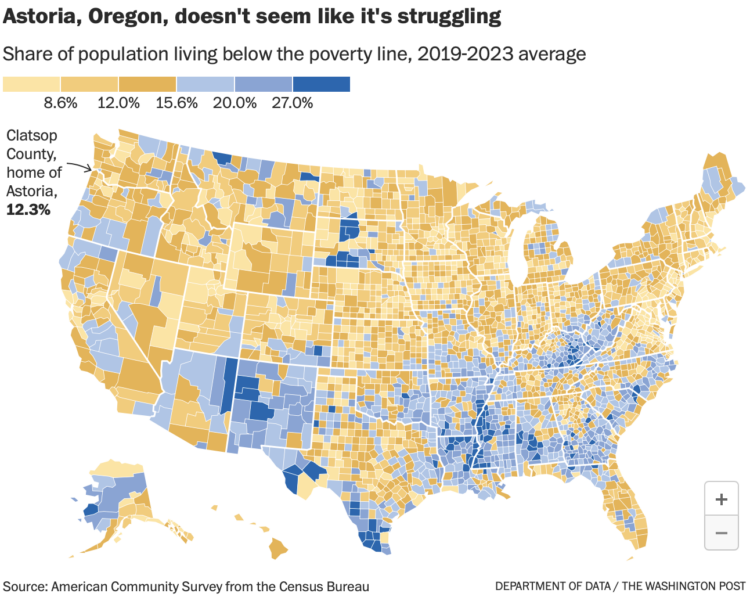
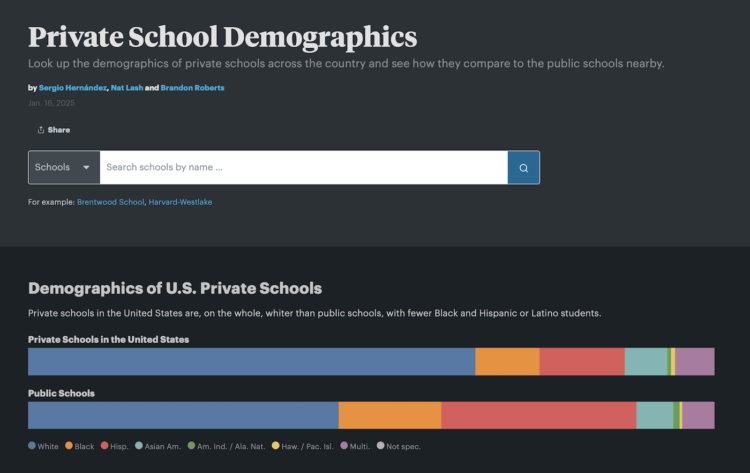
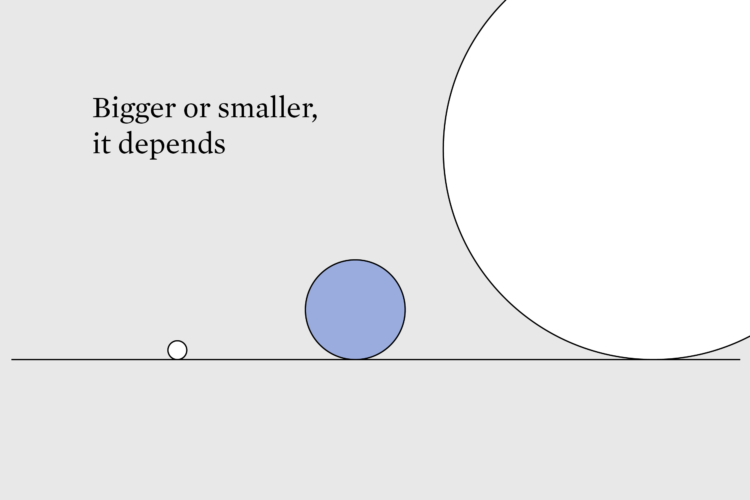
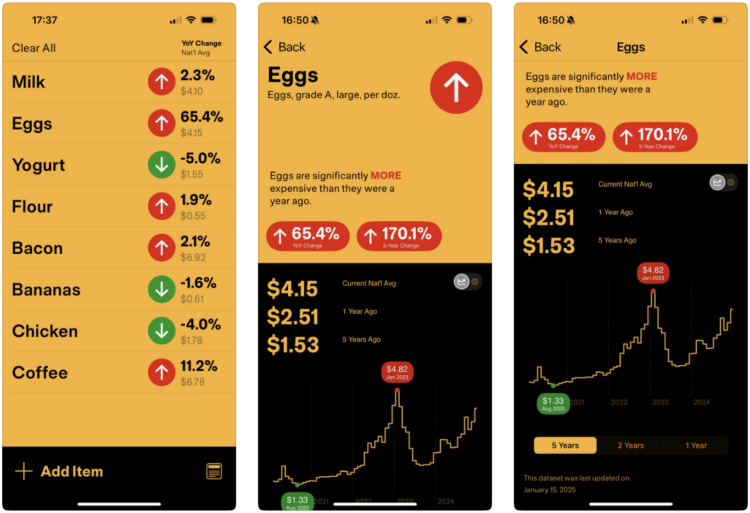
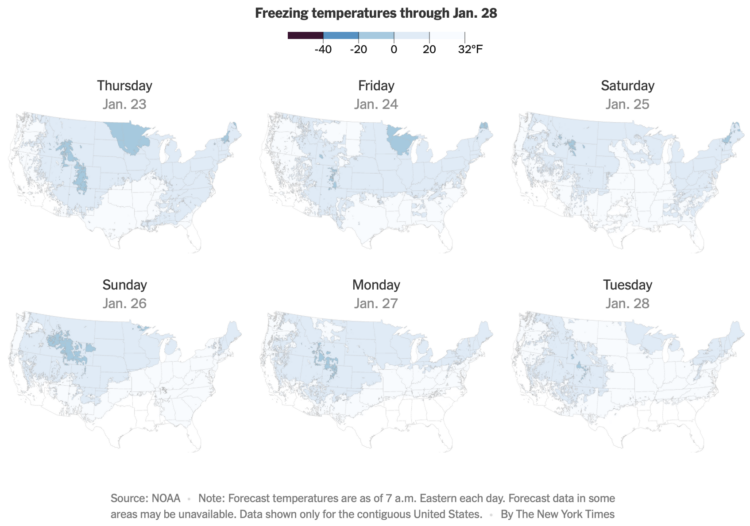
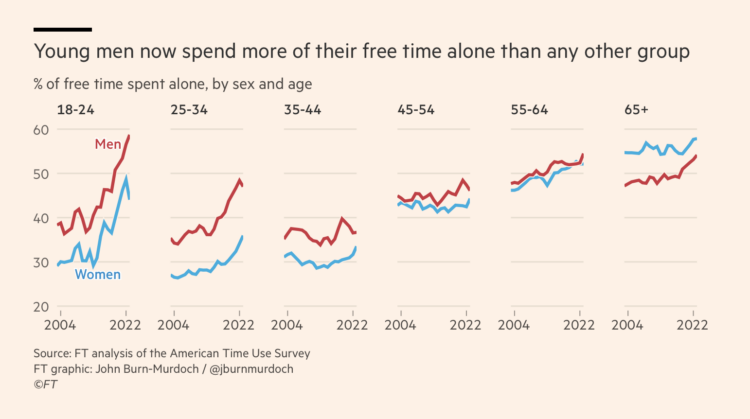
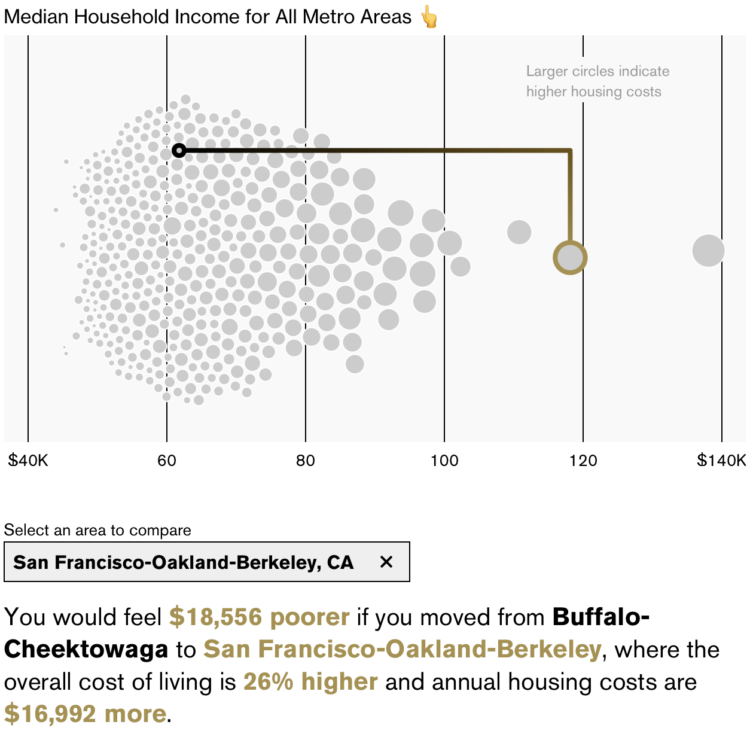
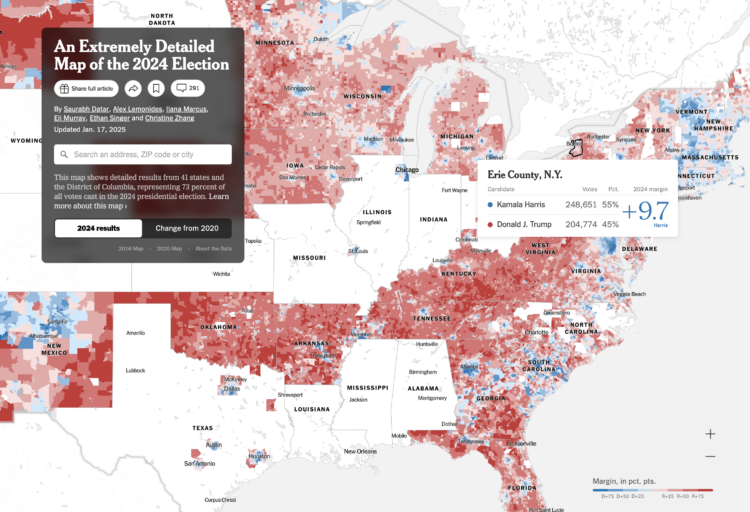
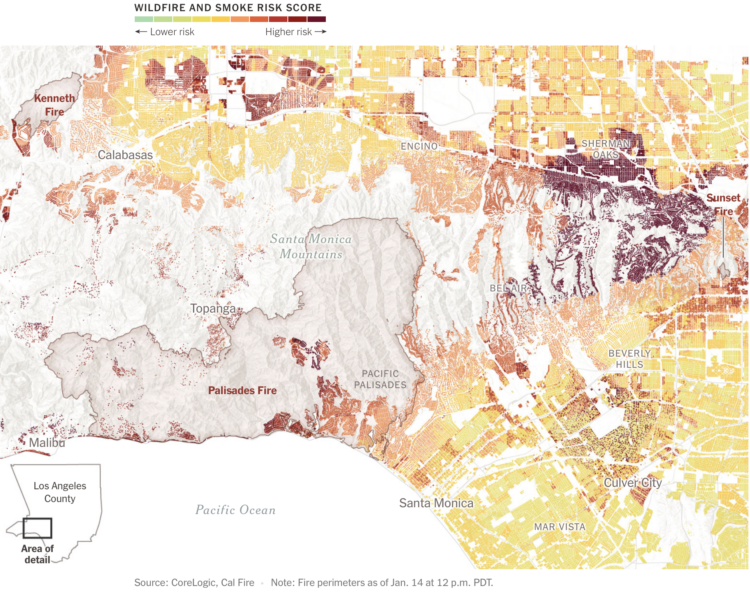
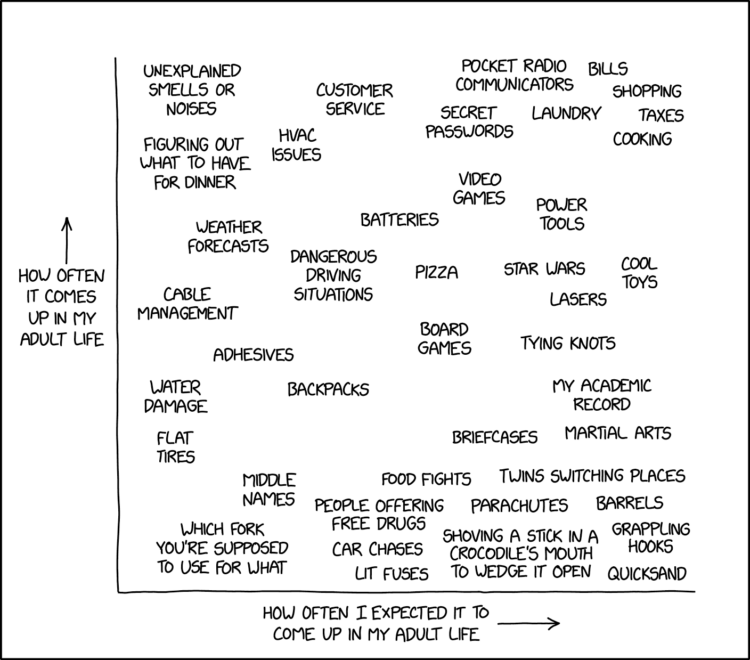
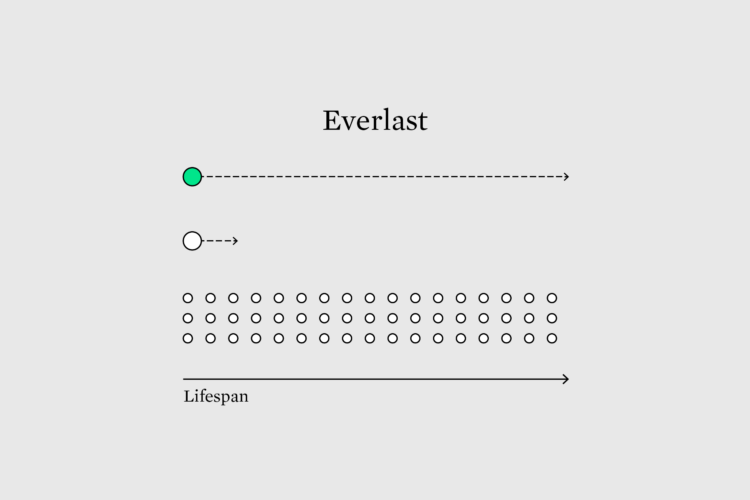
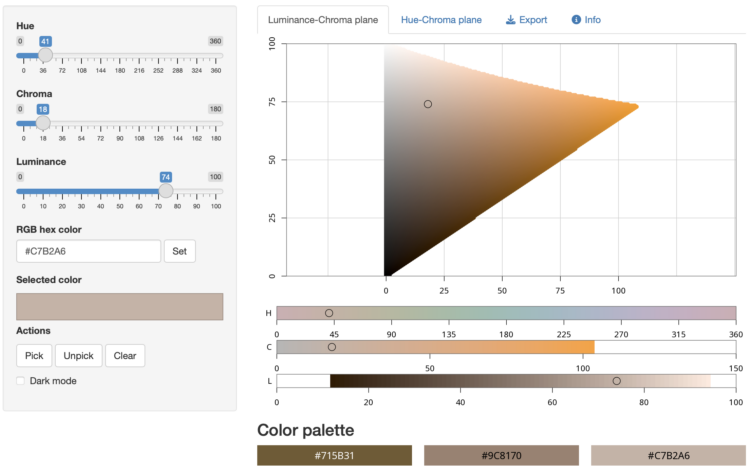
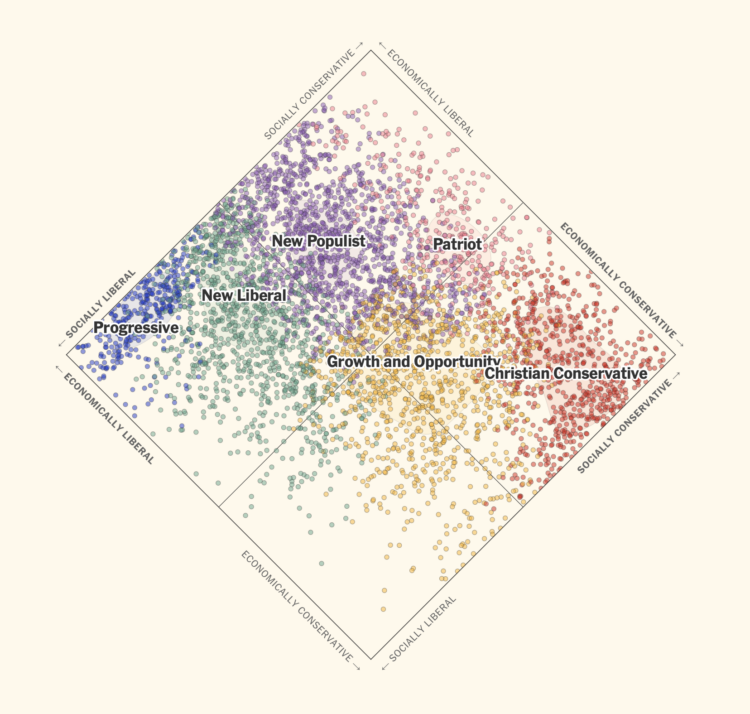
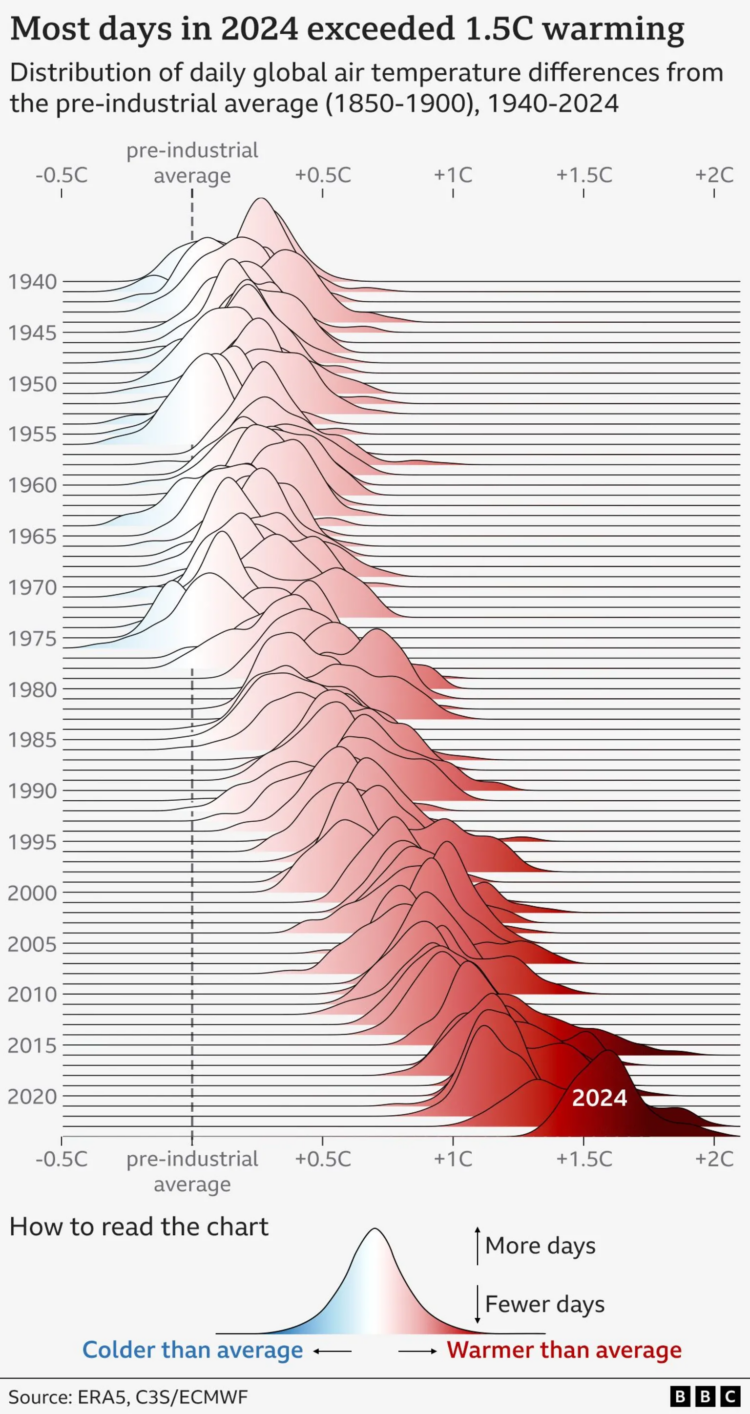
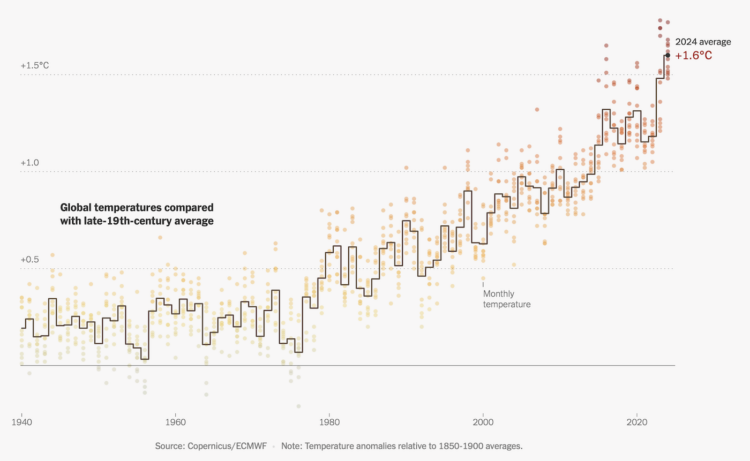
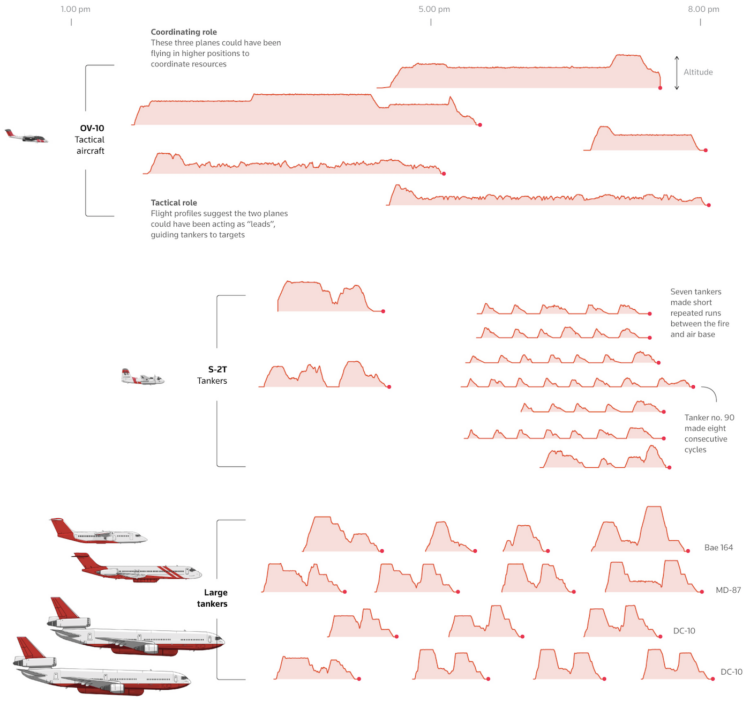
 Visualize This: The FlowingData Guide to Design, Visualization, and Statistics (2nd Edition)
Visualize This: The FlowingData Guide to Design, Visualization, and Statistics (2nd Edition)


